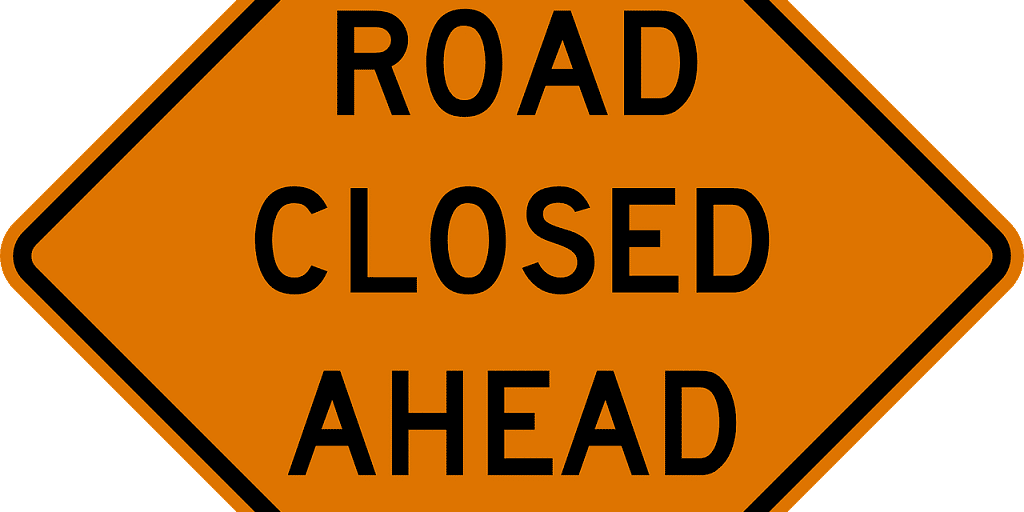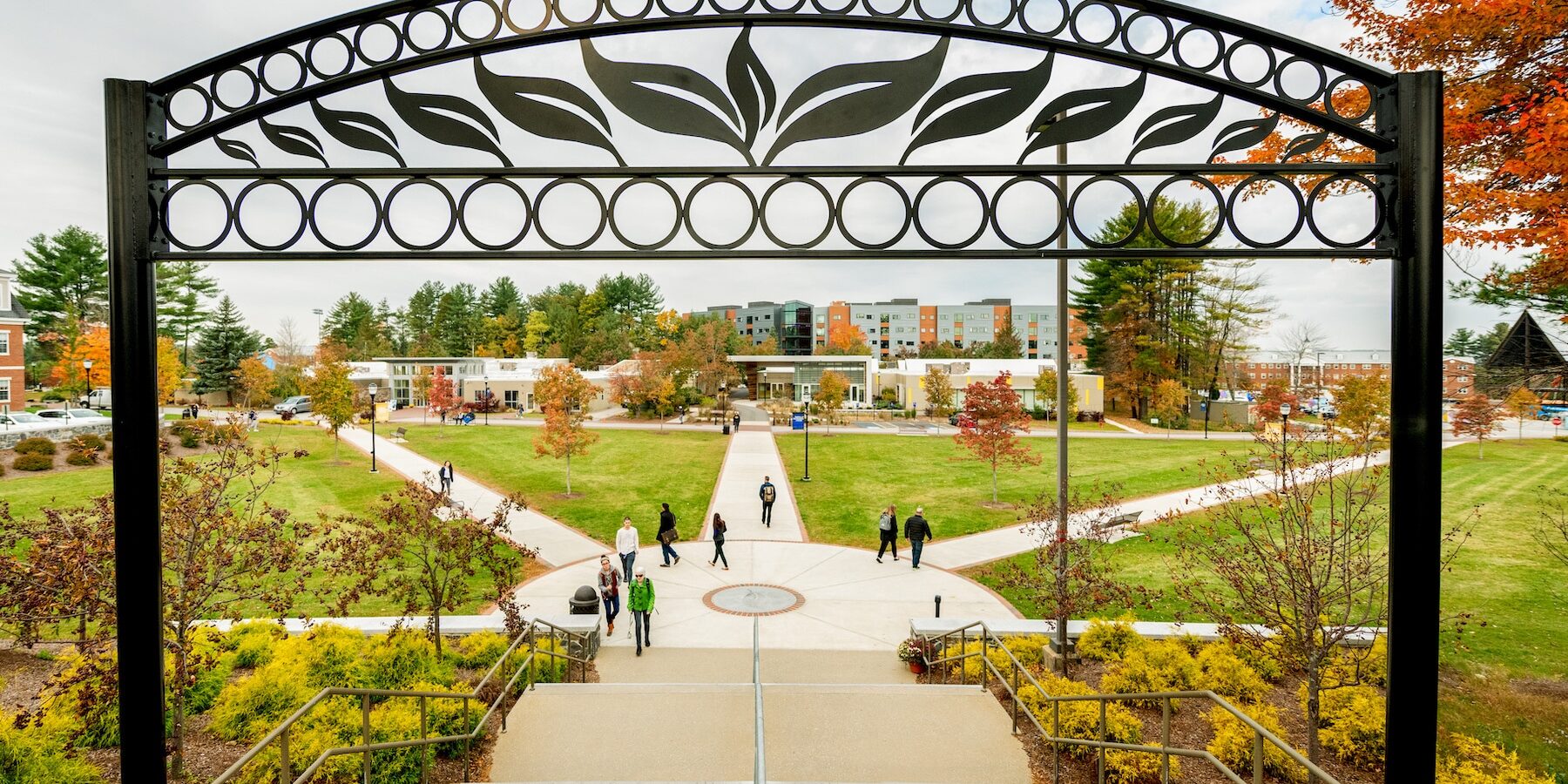By Jeff Angileri
Executive Director, University Marketing and Communications
As the University of Wisconsin-Whitewater begins a new academic year, preliminary numbers show a steady growth in enrollment.
According to figures released on September 16 by the Universities of Wisconsin, UW-Whitewater is one of eight universities to show enrollment growth. Enrollment for fall 2024 at UW-Whitewater is 11,784, an increase of 262 students, or about 2.3%, from last year.
It is the largest enrollment at the university since the fall of 2020.
“We are proud of our overall enrollment growth, because it reflects deep, ongoing efforts from colleagues across both campuses to support our students and ensure they are retained year over year,” said Chancellor Corey A. King. “Our strong retention rate combined with the tremendous efforts of our recruitment team is what is driving this continued growth.”
The university recently unveiled One Stop, an online and in-person office centrally located on campus that is designed to help students get their questions answered as efficiently as possible — whether about financial aid, financial services, scholarships, advising appointments, course registration, or other matters. The effort is aimed to better support the increased number of students on campus.
“We’re thrilled that more students are choosing to join the Warhawk family,” said Jackie Briggs, assistant vice chancellor for enrollment and retention. “UW-Whitewater’s commitment to student success, great teaching, inclusivity, and affordability continue to resonate.
“A college degree is an outstanding investment. Our exceptional outcomes, including our Hired Before Graduation campaign participation, mean that a student’s investment of resources at UW-Whitewater is all the more worth it.”
The Rock County campus, included in the 11,784 figure, is expected to hold steady at nearly 700 students. Almost 140 Rock County campus students live in university housing on the Whitewater campus.
UW-Whitewater boasts Wisconsin’s largest accredited school of business and licenses more new teachers than any other university in Wisconsin. More than 79 undergraduate majors — including newer programs like cybersecurity and legal studies — and 24 graduate programs are now offered at UW-Whitewater.
On the Rock County campus, construction is underway on new medical simulation labs to enhance the hands-on experience for students pursuing a Bachelor of Science in Nursing, a collaborative degree program in partnership with Edgewood College.
The university’s official census will take place on the 10th day of instruction.
_______________________________________________________________________________________________________________
Editor’s note: The following press release regarding systemwide enrollment was received from the Universities of Wisconsin.
Universities of Wisconsin preliminary enrollment up overall despite federal student aid disruptions, lack of tuition promise, campus closures
Eight universities show enrollment growth
| Listen: President Rothman audio message about preliminary enrollment |
MADISON, Wis.—Enrollment at the Universities of Wisconsin (UWs) this fall increased by more than 1,000 students overall, including higher enrollments at eight universities, according to preliminary estimates based on first-day student counts.
The increase comes despite severe challenges caused by the disruptive roll out of a new Free Application for Federal Student Aid (FAFSA) financial aid form and a lack of funding for the Wisconsin Tuition Promise, said Universities of Wisconsin President Jay Rothman. Branch campus closures also likely had an impact, he said.
“The fact that overall enrollment is up at the UWs despite the federal FAFSA fiasco is proof positive that Wisconsinites know that education unlocks opportunities,” Rothman said.
The overall enrollment estimate of 163,589 is the highest since 2020.
The most significant impact on enrollment was FAFSA completion, which was down about 9 percent in the state compared to last year, Rothman said.
“We simply didn’t see the typical late surge of enrollments that we would have in normal years and that comes down to FAFSA completion and uncertainty over financial aid awards – something that could have been helped with a tuition promise for the fall 2024 cohort,” said Rothman.
Rothman noted that the $855 million 2025-27 state budget request approved by the Board of Regents includes funding for an expanded tuition promise for fall 2025 and would provide the resources to preserve access at existing branch campuses. Should the budget be approved, he also would not recommend a tuition increase for the 2025-26 or 2026-27 academic years.
“Today’s enrollment growth marks our second year of increases in the face of significant headwinds,” said Rothman. “The consequences of public funding of our universities in the bottom 10 of the nation is making access and affordability much more difficult than it should be. Our hope is the legislature will provide relief for parents and students seeking the educational opportunities at our UWs.”
Overall, headcount enrollment is up by 1,058 students, according to the preliminary estimates, reflecting increases at UW-Eau Claire, UW-Green Bay, UW-La Crosse, UW-Madison, UW-River Falls, UW-Stevens Point, UW-Superior, and UW-Whitewater offset in part by declines at other universities.
Official enrollment counts will be released later this fall based on the 10th day of enrollment.
The preliminary headcount enrollment estimates are:
- UW-Eau Claire: 9,969
- UW-Green Bay: 10,749
- UW-La Crosse: 10,438
- UW-Madison: 51,729
- UW-Milwaukee: 22,517
- UW Oshkosh: 13,127
- UW-Parkside: 3,875
- UW-Platteville: 6,419
- UW-River Falls: 5,093
- UW-Stevens Point: 8,263
- UW-Stout: 6,870
- UW-Superior: 2,756
- UW-Whitewater: 11,784
- Total: 163,589
The Universities of Wisconsin serve nearly 163,600 students. Awarding nearly 37,000 degrees annually, these 13 public universities are Wisconsin’s talent pipeline, putting graduates in position to increase their earning power, contribute to their communities, and make Wisconsin a better place to live. Nearly 90 percent of in-state Universities of Wisconsin graduates stay in the state five years after earning a degree. The universities provide a 23:1 return on state investment. The Universities of Wisconsin also contribute to the richness of Wisconsin’s culture and economy with groundbreaking research, new companies and patents, and boundless creative intellectual energy. Learn more at wisconsin.edu.





















